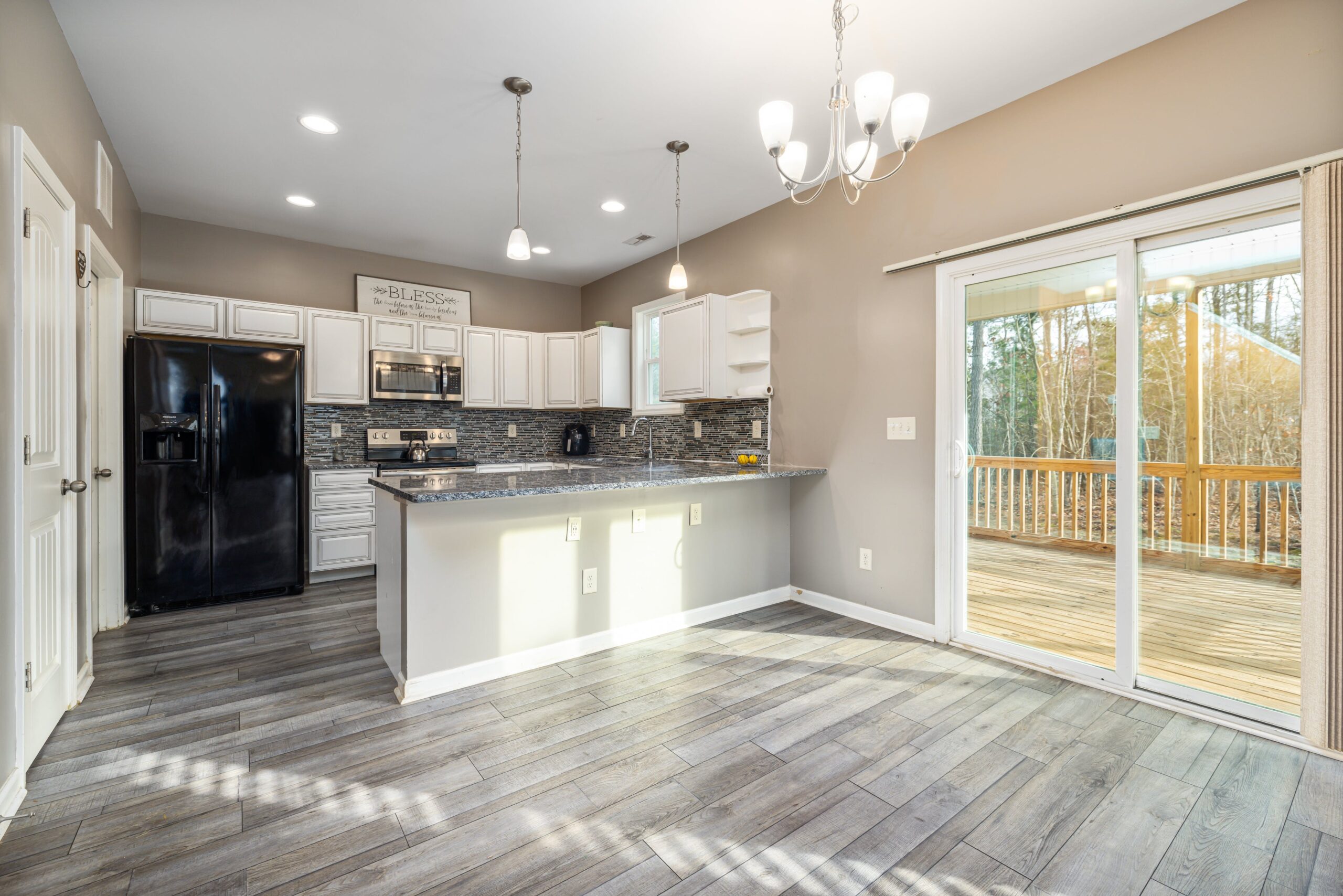Do cabinets affect Los Angeles home values? They sure do; this is one of the reasons why it’s essential to keep them neat and in good condition. It is usually an exciting time to get fresh cabinets fitted in your home kitchen because of the new lease of life and refreshing change that accompanies their installation. That alone should be enough motivation to keep your cabinets beautiful at all times.
Even so, kitchen cabinets get batterings- from bangs, frying grease, coatings from sticky hands to food debris. If you ignore sorting out such situations, the kitchen cabinets will appear to be worn out pretty soon. Thankfully, regular cleaning and organization can cut the chase for you. And here are a few tips to get you started.
Cabinet Maintenance
If properly cared for in your cabinets, they should serve you for a long duration. Whenever you’re cleaning or polishing, try to avoiding harmful home cleansers. Note that the diversity in surface graining and coloring is what makes wood so beautiful. Further, wood has intrinsic variety, thanks to its organic nature; this includes several natural features resulting from the growth exhibited by a tree, variants in wood hue, and grains caused by changes in forest growth. Exposing those inherent characters requires you to apply and hand wipe out stainings.
After Placement
Wipe your kitchen cabinets thoroughly with wet, soft clothing. Do the wiping along the wood grain plane at all times. After that, apply a small layer of premium polish to the surface. Pick a good polish that doesn’t include wax or silicone, then use it following your manufacturer’s instructions. A good polish will help preserve your furniture from minor scratches, stains, and extreme dampness.
Cleaning Basics
Oil and dirt accumulation can harm your cabinetry and interfere with the appearance of your new kitchen. Thoroughly clean your cabinets using soft wet clothing and warm water twice a month, or as frequently as you can, based on the activities in your kitchen; this will eliminate any buildups. Assuming water alone isn’t enough to clean your cabinets, add a few drops of mild dishwashing soap to the water. You should wipe wooden cabinets following their grain’s direction. Once you’re done, use soft towels to wipe away any remaining moisture from the cabinets.
If routine maintenance doesn’t eliminate stains or filth, prepare a mixture using water and baking soda. Clean the stains with the mixture on a wipe till it vanishes. After rinsing, dry the cabinet with a soft towel. Alternatively, use a combination of water and vinegar.
Wipe Spills As soon As Possible
Many chemicals are difficult to eliminate and can discolor or create other deteriorations if you expose your kitchen cabinet to them for an extended duration. Therefore, promptly clean any spills that happen using wet clothing or sponges, then dry the area. Apply blotting motion when removing the substances.
Avoid Extreme Moisture Exposures
Moisture can ruin the way your finishing turns out; cabinets around the dishwashers, baseboards, and sinks are particularly vulnerable. You should promptly dry locations with water that has spillages. At the same time, dish towels and other damp materials should not be draped over cabinet doors. Also, do not place your coffee machine where steam will directly hit cabinet surfaces.
Avoid Extreme Temperatures And Humidity
Humidity and temperatures that are extremes can lead to wood expansion, shrinking, swellings, or warping, sometimes dry out, significantly harming the surface of your cabinet. Thus, it is critical to keep your living area humidity as well as temperatures under control. When contemplating replacements, you should let mild warps pass a single heating period.
Shield Your Cabinets From The Sun
Cabinetry constructed of wood material, particularly those exposed to the direct sun, is susceptible to damages. Long-term exposures to the direct sun can also cause fading on wooden laminated and Thermofoil cabinet surfaces. You can minimize or eliminate these damages by using window treatments.
Do Not Use Harsh Cleaning Agents
Harsh cleansers can harm the finishing of your cabinetry. Do not use agents containing ammonia, citric acid, bleach, or organic solvents.
Do Not Expose Your Cabinet To Waxes
A majority of self-polishing waxing can harm your finishing. Utilize only premium cream furniture polish that you’ll find at top paint and furniture shops.
Protect From Scratches And Abrasive Wear
When cleaning is required, use a soft, moist cloth. You should avoid scrubbing pads and harsh cleansers since they can degrade delicate surfaces. Moreover, use a chopping board, do not use your countertop as one, especially if it’s laminate. In case of any minor scratches, use a light spray polish.

